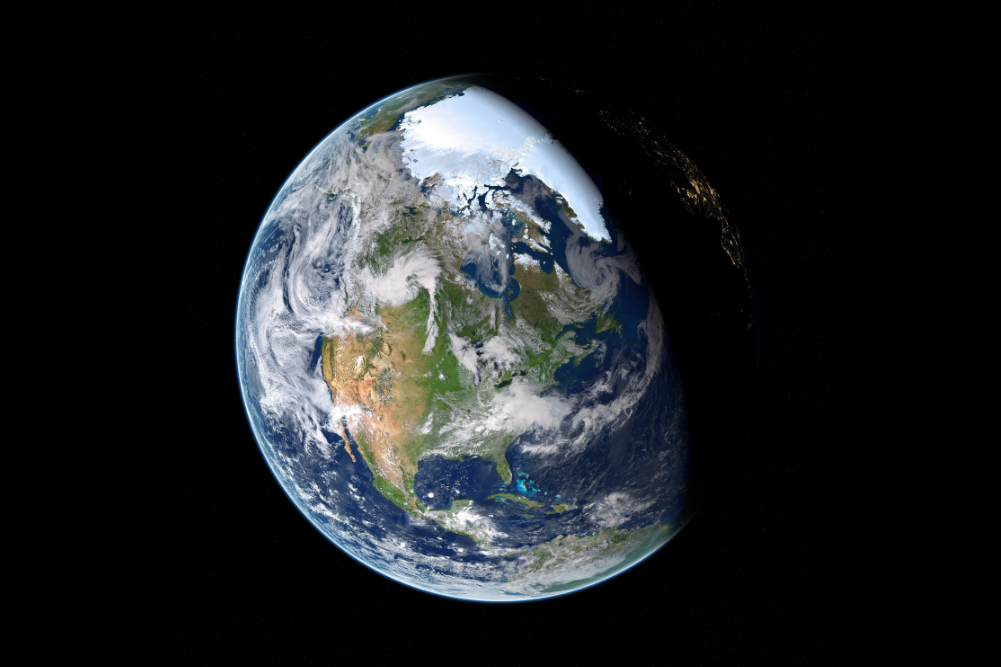Are your clothes impacting climate change?
Mark Twain once famously said “Clothes make a man” (or woman) and this phrase has held its ground over the centuries. Men and women have delighted over new clothes and fashionable styles with this enthusiasm getting more vigorous over the past few decades. New fashions and new fabrics arrive every season, each better than the other and clothes become more disposable every year.
As the demand for clothes increases, so does the environmental impact of the clothing industry.
Every year about a 100 million tonnes of new textiles come into the market and the textile industry has the highest turnovers in the world.
The textile industry and textile production has a huge impact on the environment but it had been difficult for textile companies to understand this impact and find ways to reduce it due to a wide variation in production processes.
But now Sandra Roos, a researcher from the Chalmers University of Technology in Sweden, and with the research institute Swerea (within the research programme Mistra Future Fashion), has comprehensively mapped the environmental impact of clothing in a life cycle analysis.
The biggest negative impact on the environment is from post-fibre processes like spinning, weaving, knitting and especially dyeing.
Over the course of the five year project, Roos studied 30 different sub-processes in textile production.
For her doctoral thesis, Sandra assessed the toxicity of chemical used in the processes – an area with huge knowledge gaps.
The life cycle perspective used involved an overall assessment from production to the user phase and product waste management. The effect of other processes in the background such as electricity consumption and mining was also included in the analysis.
This made it possible to compare textile products which are very different from each other, which was not possible before.
Sandra’s research showed that conventional cotton growing – with large quantities of insecticides spread directly on land, has a huge impact on the environment.
But many of her other conclusions were unexpected.
At present, it is thought that environmental hazards are based on the type of fibre used – wool, cotton, nylon or polyester. But the greatest environmental impact was found to be in the post-fibre processes such as spinning, weaving, and knitting and above all, in the dyeing – wet processes. All the chemicals used in these processes actually make this as hazardous as cotton growing according to Sandra.
The analysis also found that shopping trips cause one of the biggest impacts on the environment. Sandra endorsed that if you want to be eco-friendly there is only one thing to do – which is to wear your clothes till they are completely worn out.
But in industrialized countries only a small proportion of clothes are worn a 100 to 200 times which is the lifetime of a garment.
Another recommendation made by Sandra was to consider how you Travel to shop for clothes as this has a huge impact on climate and is also one of the easiest to influence, other than buying less clothes, which can have a substantial effect on the environment.
This is more important than other aspects such as where the garments are made and what materials they are made of.
Along with other commendations, Sandra’s research will be transformed by Mistra Future Fashion (collaborative project between the fashion industries and researchers in Sweden) to provide a practical tool for clothing manufacturers to improve on theenvironmental impact of their processes and products.
This research is a valuable tool for consumers as well and the recommendations made in there are valid points which will help to reduce the environmental load of our clothes consumption behaviour.
After all it’s not the clothes that make a man or woman but it’s your actions.
Source: Chalmers University of Technology








